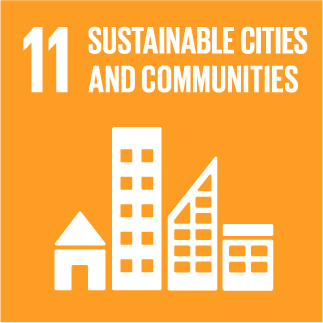Integrated manufacturing of REciclable multi-material COmposites for the TRANSport sector
Creating Vacancy Strong Interaction to Enable Homogeneous High?Throughput Ion Transport for Efficient Solid?State Lithium Batteries
Creating sulfur?vacancy?rich tungsten sulfide into composite polymer electrolyte enables homogeneous high?throughput Li?ion transport (ultra?high ionic conductivity of 1.9 × 10?3 S cm?1 at 25 °C) and uniform lithium deposition (ultra?long lifetime of over 5500 h in Li||Li cells). The sulfurized polyacrylonitrile||Li solid pouch cell exhibits an initial discharge?specific capacity of 1048 mAh g?1, resulting in a total capacity of 0.524 Ah.Solid polymer electrolytes are emerging as a key component for solid?state lithium metal batteries, offering a promising combination of large?scale processability and high safety. However, challenges remain, including limited ion transport and the unstable solid electrolyte interphase, which result in unsatisfactory ionic conductivity and uncontrollable lithium dendrite growth. To address these issues, a high?throughput Li?ion transport pathway is developed by incorporating tungsten sulfide enriched with sulfur vacancies (SVs) into a poly(vinylidene fluoride?co?hexafluoropropylene)?based composite polymer electrolytes (CPEs). The SVs strong interaction in the CPEs facilitates homogeneous high?throughput Li?ion transport 1.9 × 10?3 S cm?1 at 25 °C) by enhancing the dissociation of lithium salts and effectively creates ample interfaces with the polymer chains to reduce the formation of inner vacuities. Moreover, the SVs confine FSI? anions, while the electron?rich environment induced by sulfur atoms promotes the preferential degradation of bis(trifluoromethanesulfonyl)imide anions, ensuring uniform lithium deposition. This fosters the formation of inorganic nanocrystals on the lithium anode and effectively suppresses dendrite growth, enabling an ultra?long lifetime of over 5500 h in Li||Li symmetric cells. When paired with sulfurized polyacrylonitrile cathode, a pouch cell capacity of 0.524 Ah is achieved, demonstrating the effectiveness of a homogeneous, high?throughput Li?ions transport mechanism.

» Publication Date: 23/03/2025

This project has received funding from the European Union's Horizon 2020 research and innovation programme under grant agreement Nº 768737


